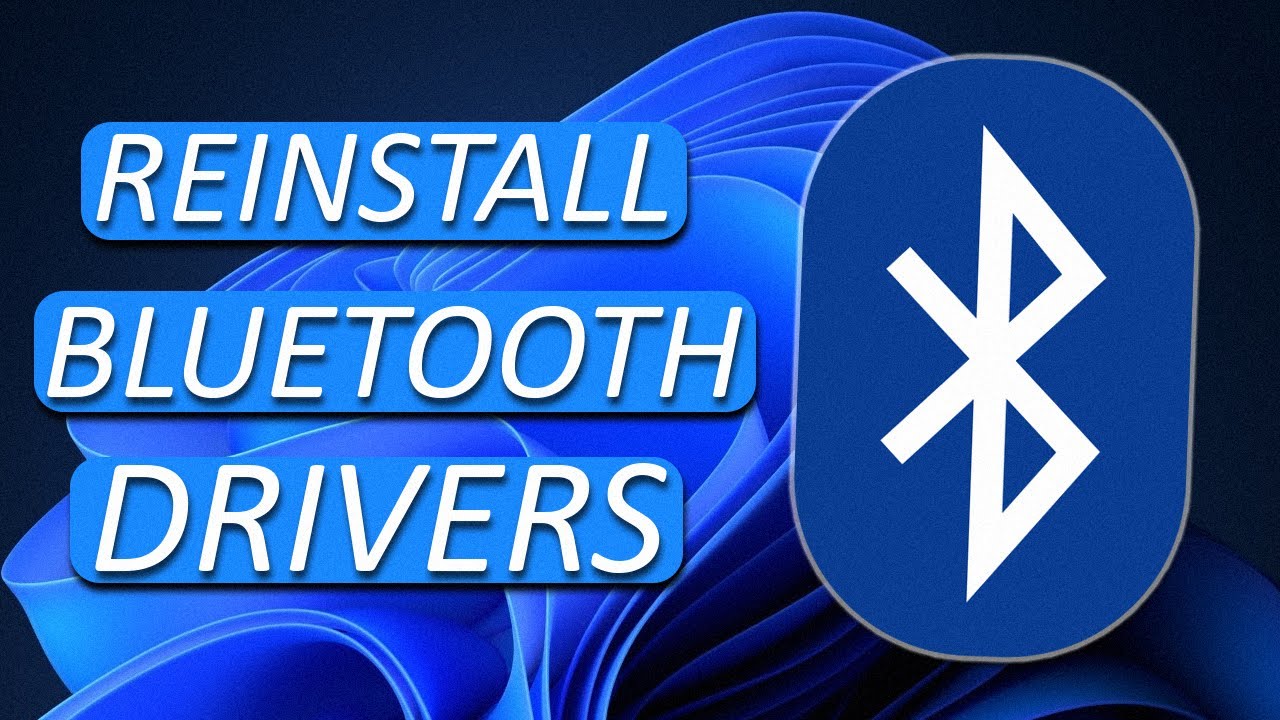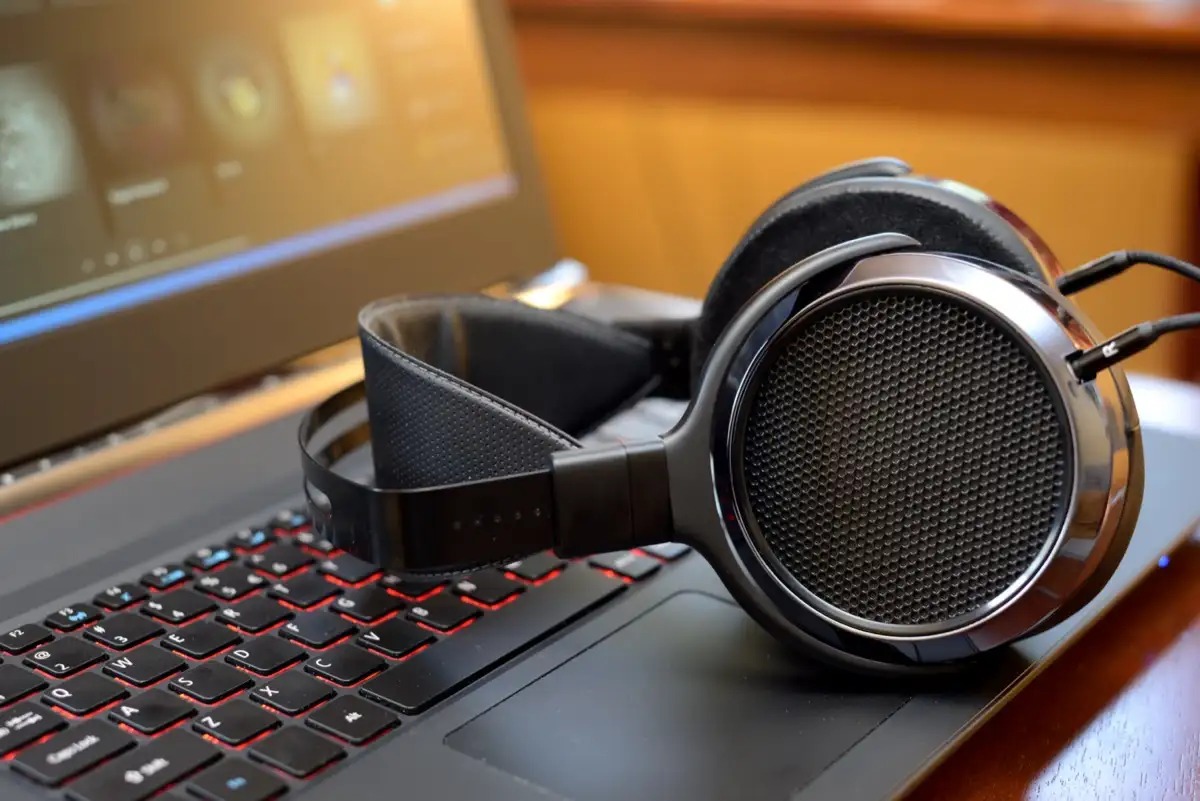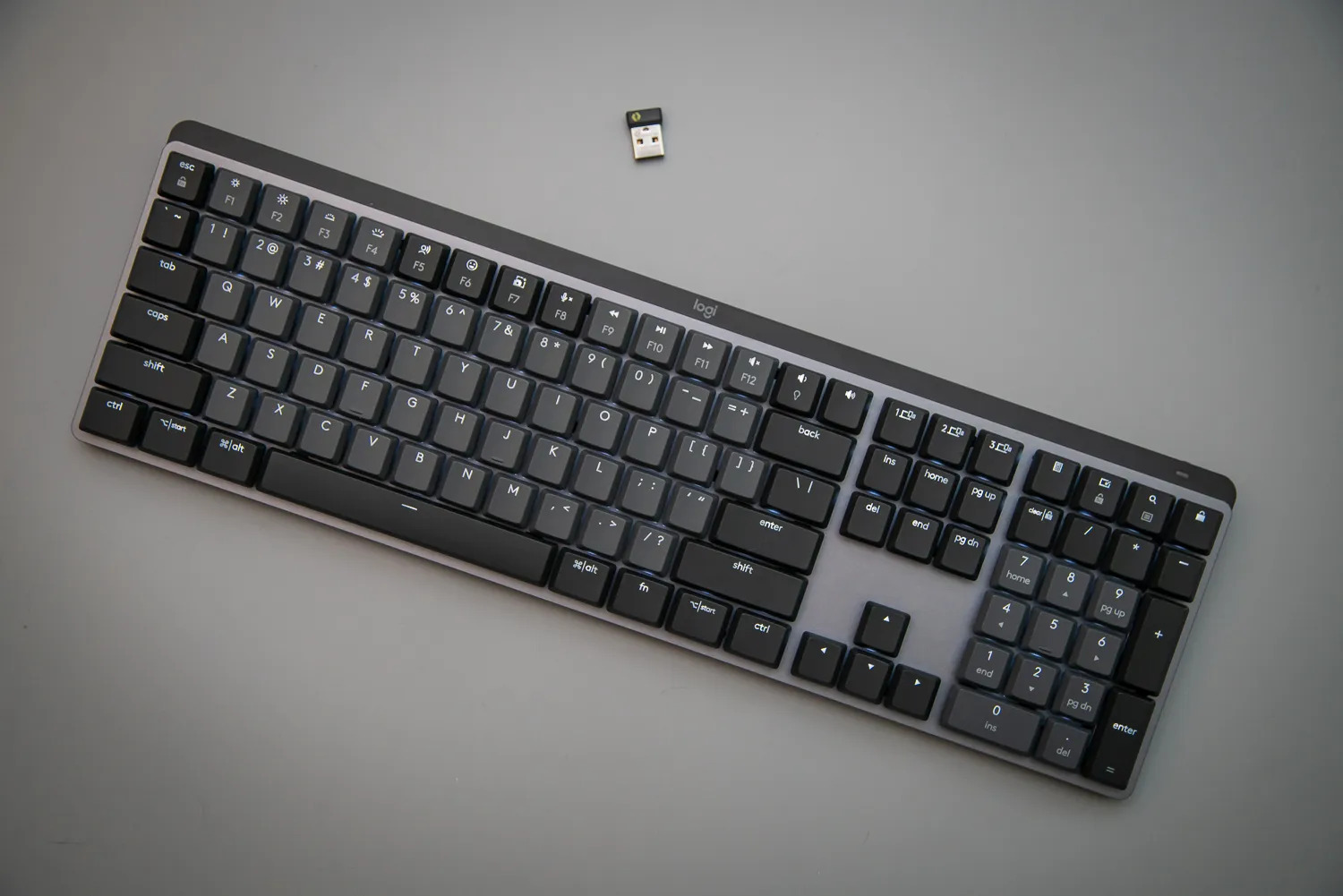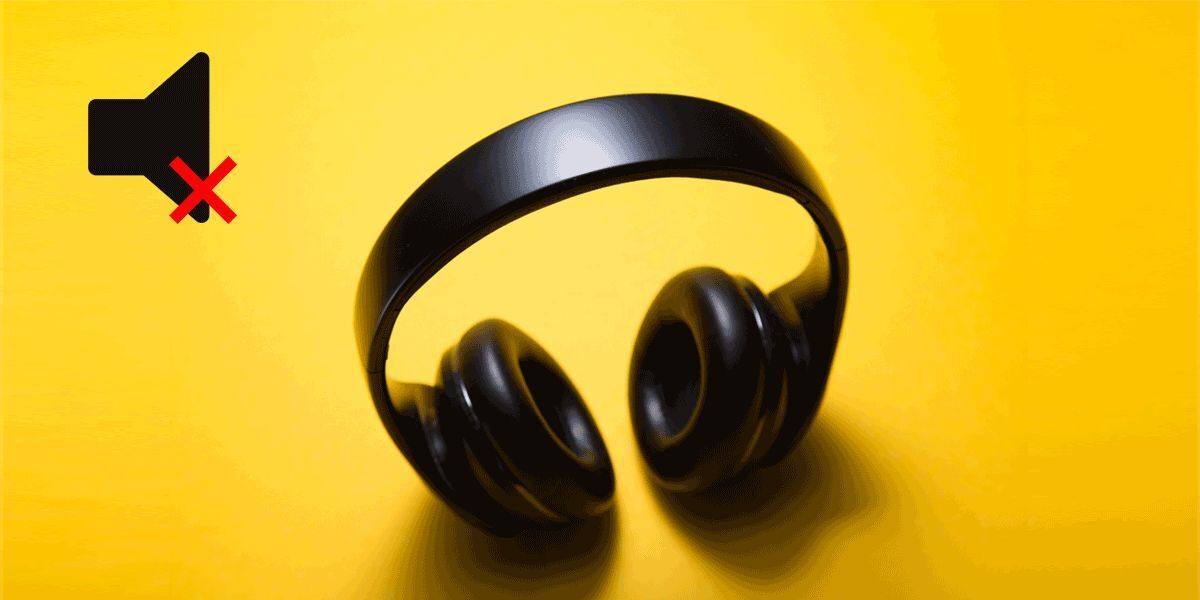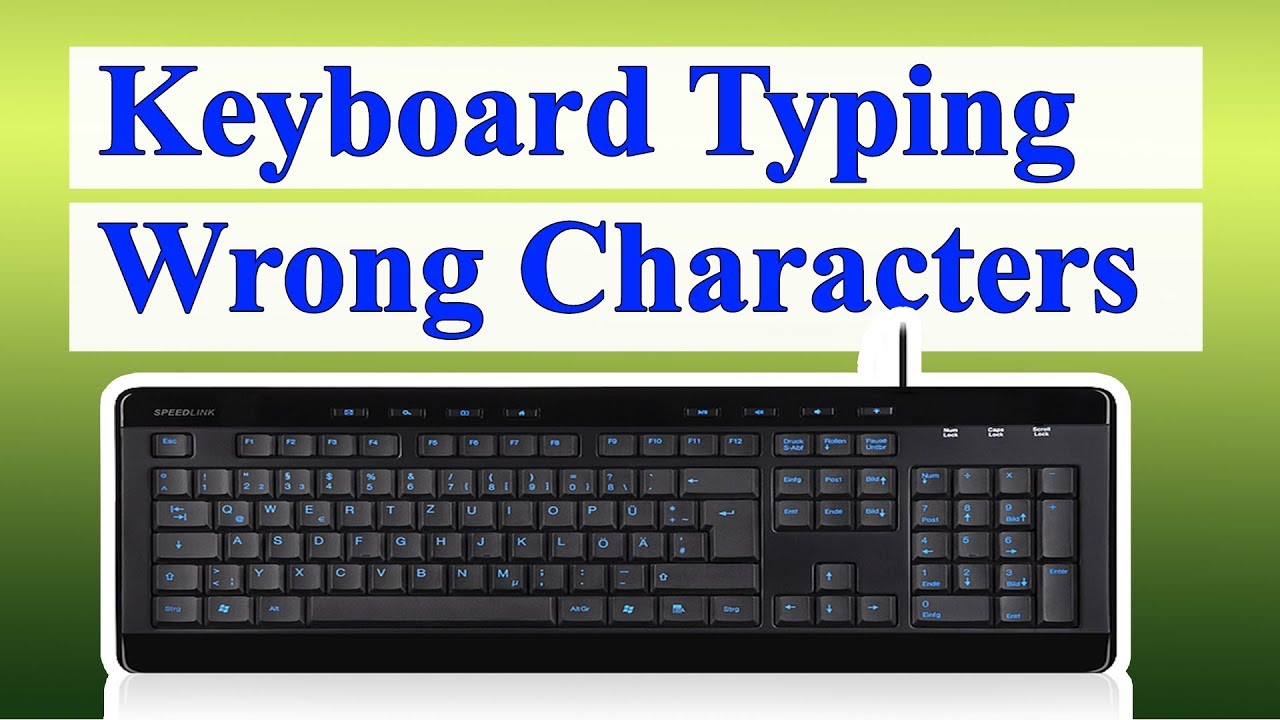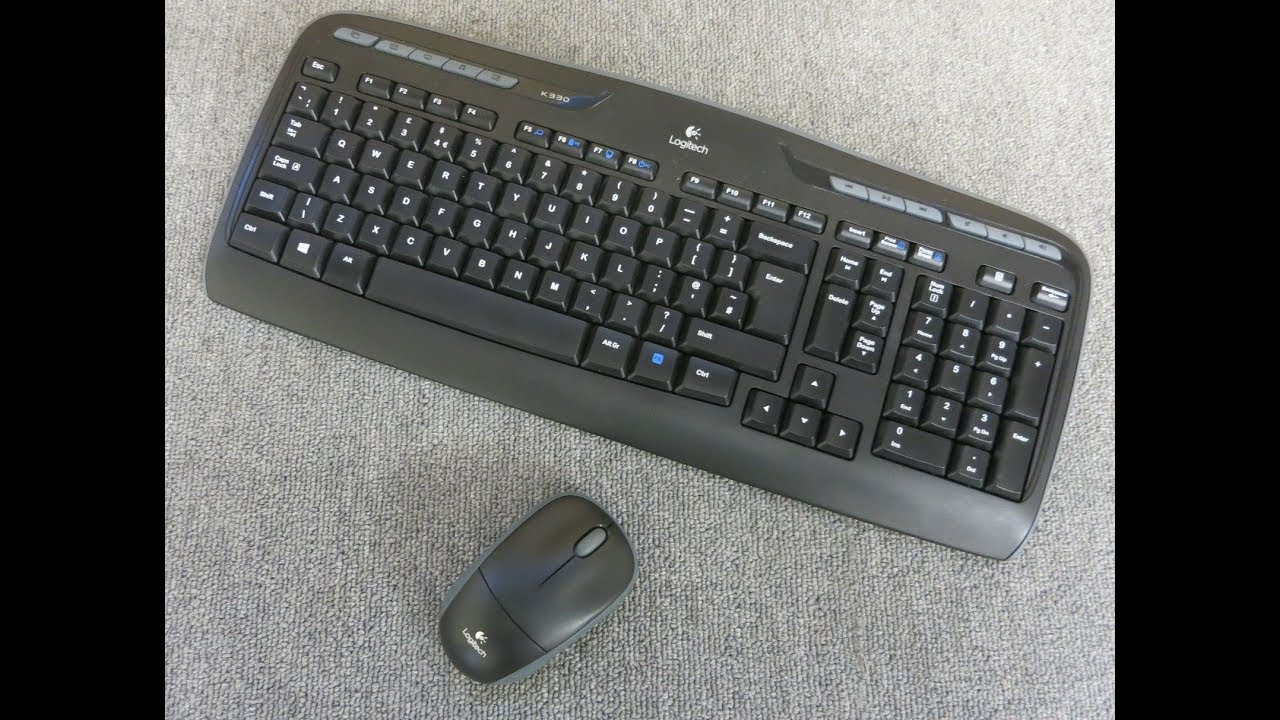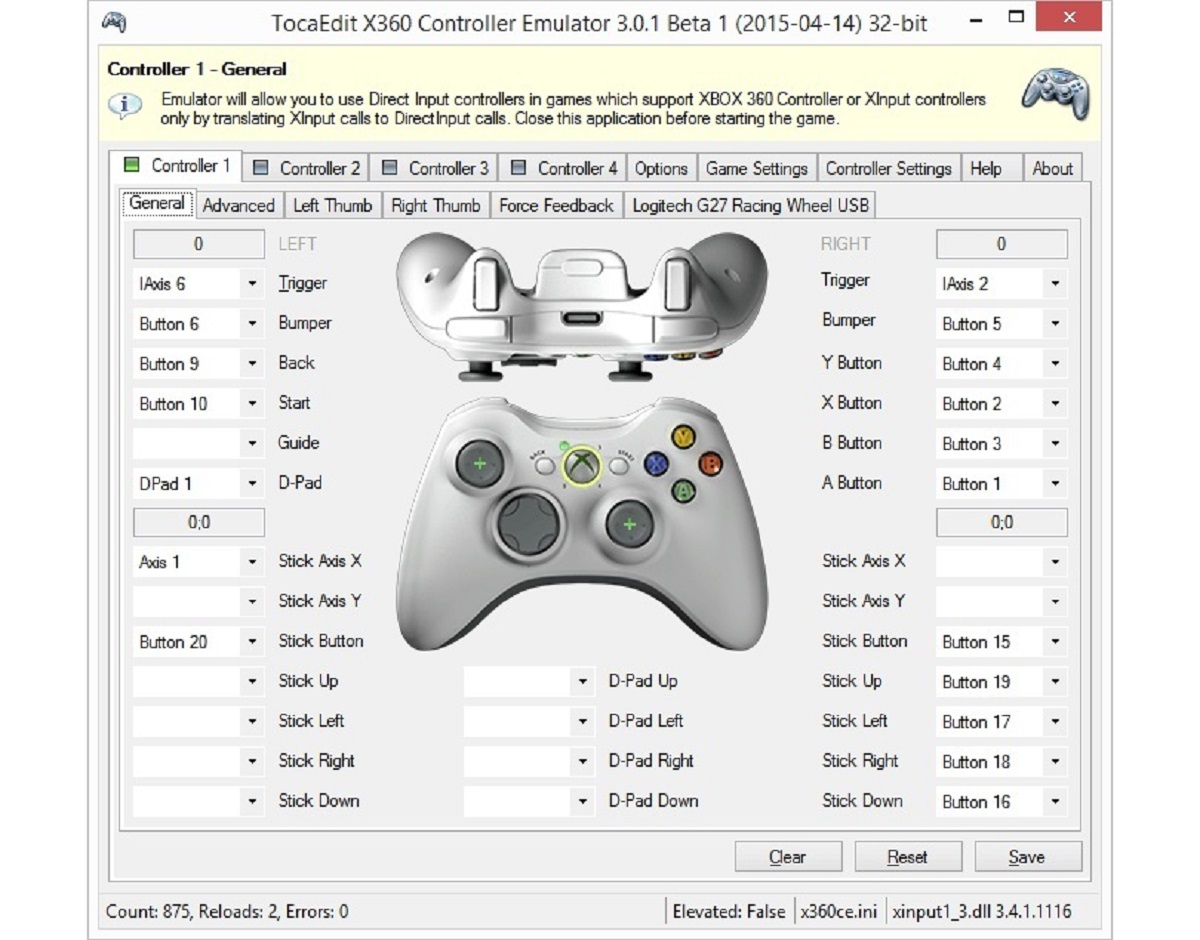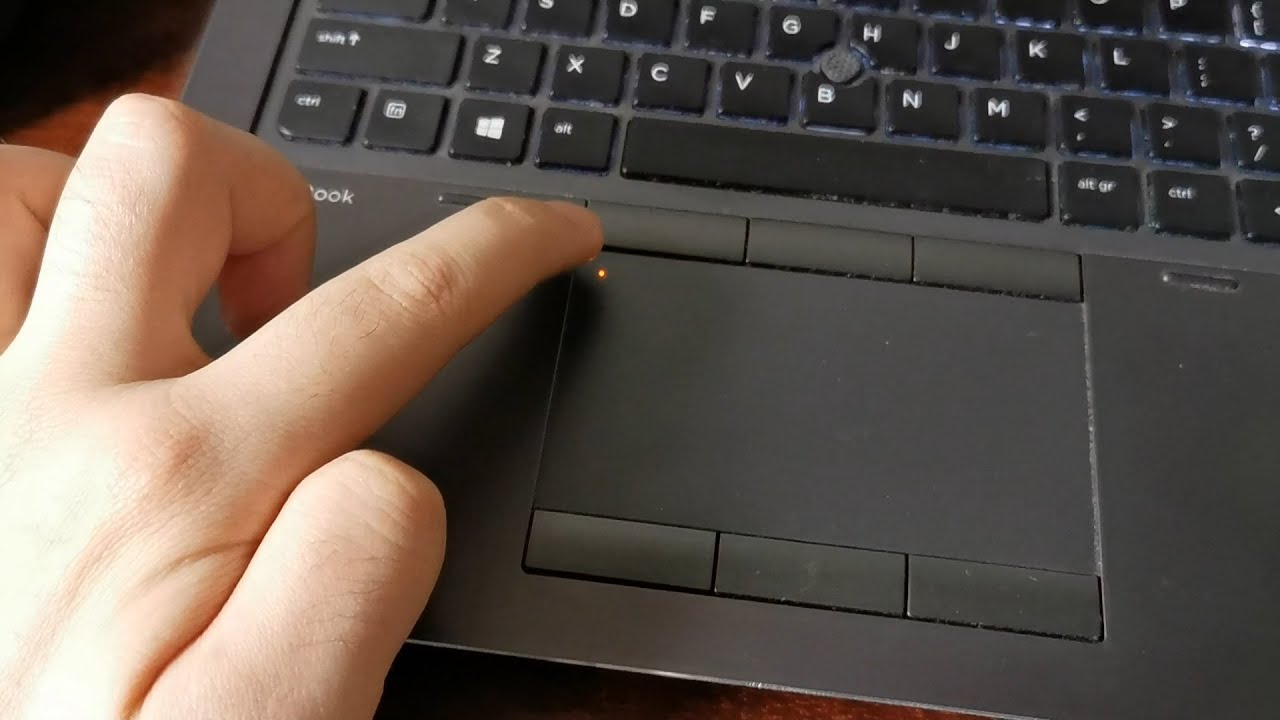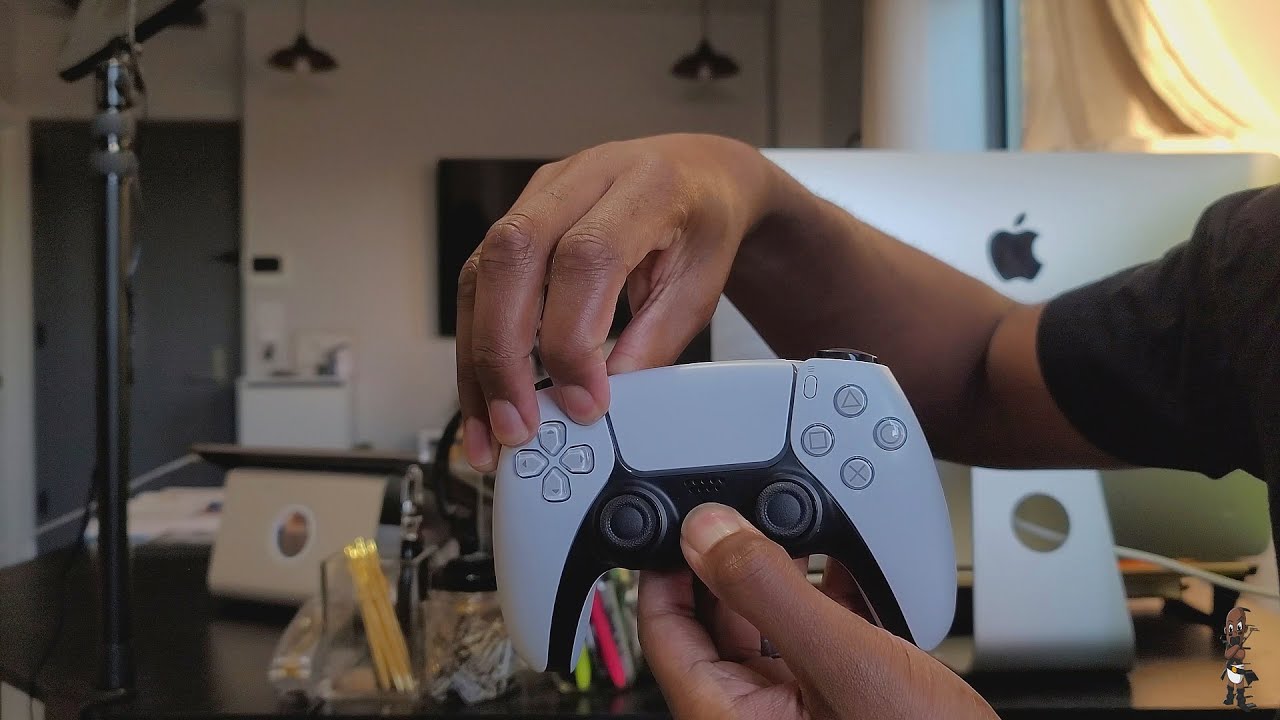Introduction
Bluetooth technology has become an integral part of our daily lives, allowing us to connect various devices wirelessly. Whether you are using a Bluetooth headset, speakers, or a wireless keyboard, having a properly functioning Bluetooth driver is crucial for a seamless experience.
However, there are times when the Bluetooth driver may encounter issues or become corrupted, leading to connection problems or even complete failure. In such cases, reinstalling the Bluetooth driver can often resolve the issue and restore Bluetooth functionality on your device.
In this guide, we will walk you through the process of reinstalling the Bluetooth driver on your Windows device. Whether you’re an experienced computer user or a beginner, you’ll find the step-by-step instructions easy to follow and implement.
Before we dive into the details, it’s important to note that the procedure might slightly vary depending on the version of Windows you’re using. However, the overall concept and steps remain the same.
Reinstalling the Bluetooth driver involves a few simple steps, including uninstalling the current driver, updating Windows, downloading the latest driver, and finally installing it. By following these steps, you can ensure that your Bluetooth functionality is restored and that you can connect and use your devices hassle-free.
So, let’s get started with the first step: uninstalling the current Bluetooth driver.
Step 1: Uninstall the current Bluetooth driver
The first step in reinstalling the Bluetooth driver is to uninstall the current driver from your device. This ensures a clean slate and allows for a fresh installation of the driver.
To uninstall the Bluetooth driver, follow these simple steps:
- Press the Windows key + X on your keyboard to open the Quick Access menu.
- Select Device Manager from the list to open the Device Manager window.
- In the Device Manager window, locate and expand the “Bluetooth” category.
- Right-click on your Bluetooth device from the list and select Uninstall device.
- A confirmation dialog will appear. Check the box that says “Delete the driver software for this device” and click Uninstall.
- Wait for the uninstallation process to complete. Once done, restart your computer to ensure that the changes take effect.
After restarting your computer, Windows will automatically detect and install a generic Bluetooth driver. This driver will provide basic Bluetooth functionality, allowing you to connect your devices. However, it’s important to note that this generic driver might not offer all the advanced features that your specific Bluetooth device may have.
To make sure you have the latest and most compatible driver for your Bluetooth device, proceed to the next step: updating Windows.
Step 2: Update Windows
Keeping your Windows operating system up to date is essential for optimal performance and compatibility with various drivers, including the Bluetooth driver. By updating Windows, you ensure that any bugs or compatibility issues are addressed, which can ultimately improve the functionality of your Bluetooth device.
To update Windows, follow these steps:
- Click on the Start menu and select Settings (the gear icon).
- In the Settings window, click on Update & Security.
- In the Update & Security window, select Windows Update from the left sidebar.
- Click on the Check for updates button.
- Windows will now check for any available updates. If there are updates available, click on the Download and install button.
- Wait for the updates to download and install. This process might take some time depending on the size of the updates and your internet connection speed.
- Once the updates are installed, restart your computer to apply the changes.
Updating Windows ensures that your system has the latest security patches, bug fixes, and driver updates, including updates for your Bluetooth driver. After updating Windows and restarting your computer, move on to the next step: downloading the latest Bluetooth driver.
Step 3: Download the latest Bluetooth driver
After uninstalling the current Bluetooth driver and updating Windows, the next step is to download the latest version of the Bluetooth driver from the manufacturer’s website. It is important to download the driver specifically tailored for your Bluetooth device model and the version of Windows you are using.
To download the latest Bluetooth driver, follow these steps:
- Open your web browser and go to the official website of the manufacturer of your Bluetooth device.
- Locate the support or downloads section of the website.
- Search for the driver specific to your Bluetooth device model and the version of Windows you have.
- Download the driver file to a location on your computer that you can easily access, such as the Downloads folder.
Keep in mind that different manufacturers may organize their websites differently, so navigation may vary. If you’re having trouble finding the correct Bluetooth driver, consult the manufacturer’s support documentation or contact their customer support for assistance.
Once the Bluetooth driver file is downloaded, you’re ready to proceed to the next step: installing the new Bluetooth driver.
Step 4: Install the new Bluetooth driver
Now that you have downloaded the latest Bluetooth driver for your device, it’s time to install it so that you can enjoy the full functionality of your Bluetooth device.
To install the new Bluetooth driver, follow these steps:
- Navigate to the location on your computer where you downloaded the driver file.
- Double-click on the driver file to run the installation wizard.
- Follow the on-screen instructions provided by the installation wizard to proceed with the installation.
- Review and accept any license agreements or terms of use that may be presented during the installation process.
- Wait for the installation to complete. This may take a few minutes.
Once the installation is finished, the new Bluetooth driver will be installed on your computer. This driver is specifically designed for your Bluetooth device model and the version of Windows you are using, ensuring optimal performance and compatibility.
With the new driver installed, you’re ready to move on to the final step: restarting your computer.
Step 5: Restart your computer
After installing the new Bluetooth driver, it is recommended to restart your computer. Restarting allows the changes to take effect and ensures that the new driver is properly initialized.
To restart your computer, follow these simple steps:
- Click on the Start menu and select the Power icon.
- From the Power options, select Restart.
- Wait for your computer to shut down and restart.
During the restart process, your computer will configure the new Bluetooth driver and prepare it for use. Once your computer has fully restarted, you can test the functionality of your Bluetooth device to ensure that it is working correctly.
If you still encounter any issues with your Bluetooth connection or device functionality after restarting, you may need to troubleshoot further or seek professional assistance.
Congratulations! You have successfully reinstalled the Bluetooth driver on your Windows device. You can now connect and use your Bluetooth devices without any interruption.
Remember, in order to ensure consistent performance, it is always recommended to keep your drivers and operating system up to date.
Should you ever need to reinstall the Bluetooth driver again in the future, keep this guide handy as a reference.
Enjoy the convenience and wireless freedom that comes with a fully functioning Bluetooth driver!
Conclusion
Reinstalling the Bluetooth driver on your Windows device can resolve connectivity issues and restore the smooth functioning of your Bluetooth devices. By following the step-by-step process outlined in this guide, you can easily reinstall the Bluetooth driver and enjoy seamless wireless connections.
In this guide, we covered the following steps:
- Uninstalling the current Bluetooth driver
- Updating Windows
- Downloading the latest Bluetooth driver
- Installing the new Bluetooth driver
- Restarting your computer
Remember, each step is crucial to ensure a successful reinstallation. Uninstalling the current driver removes any potential conflicts, updating Windows ensures compatibility, downloading the latest driver provides the most up-to-date features, and installing the new driver ensures optimal performance. Restarting your computer finalizes the driver installation process.
By reestablishing a clean Bluetooth driver environment, you can overcome any Bluetooth-related issues and enjoy uninterrupted wireless connections with your devices.
If you experience any further difficulties or the issues persist after following these steps, it is recommended to seek additional technical assistance from the manufacturer’s support or professional computer technicians.
Thank you for using this guide. We hope it has helped you successfully reinstall the Bluetooth driver and regain the full functionality of your Bluetooth devices.
Now it’s time to enjoy the convenience of wireless connections and continue using your Bluetooth devices with confidence!







